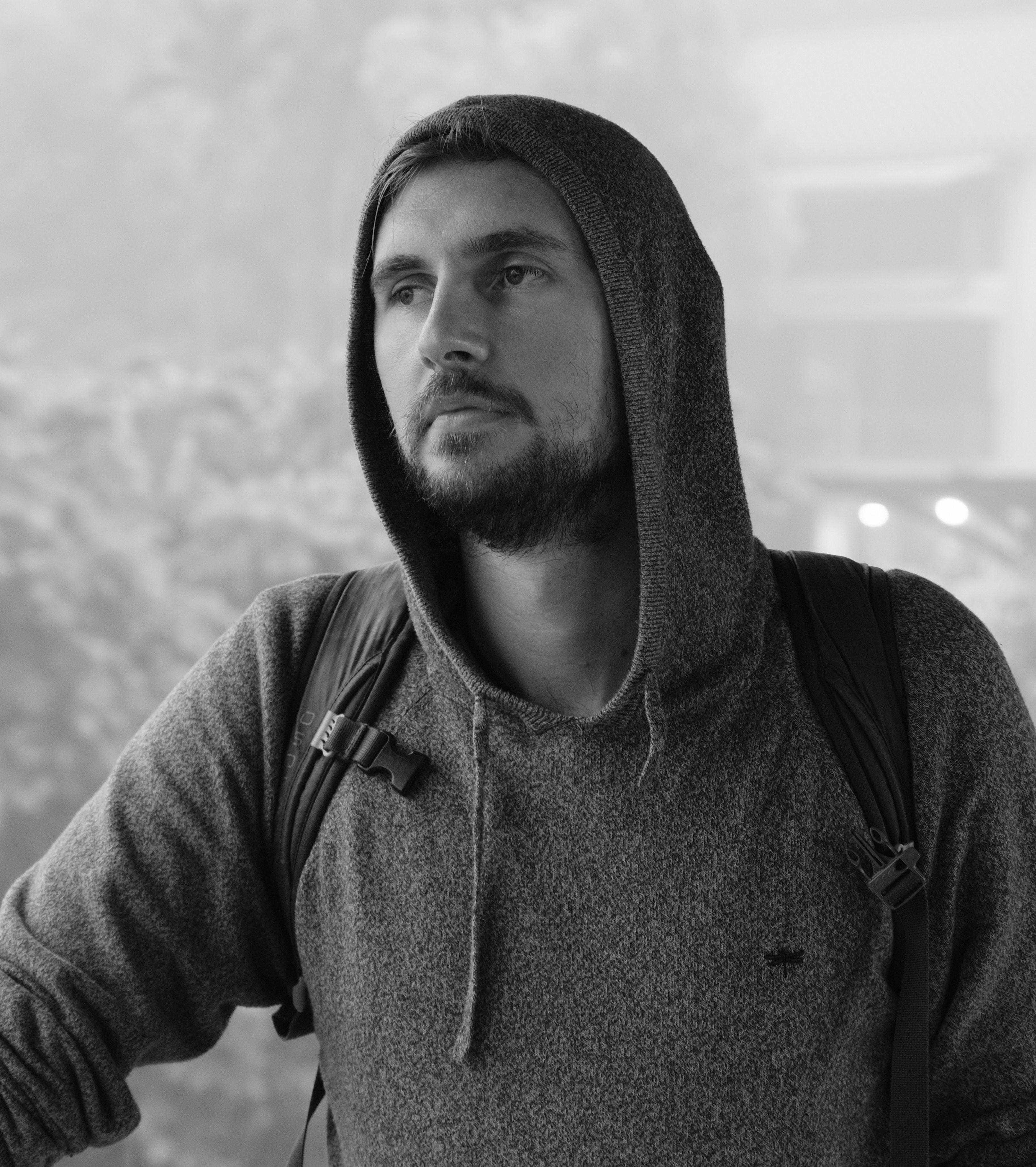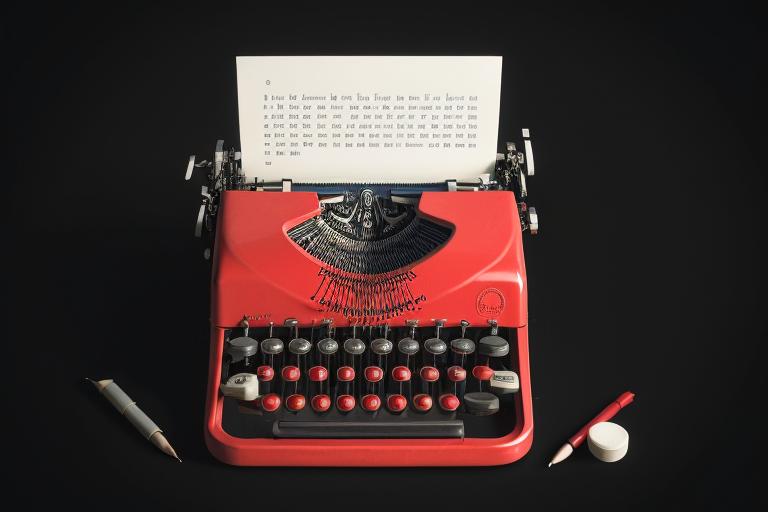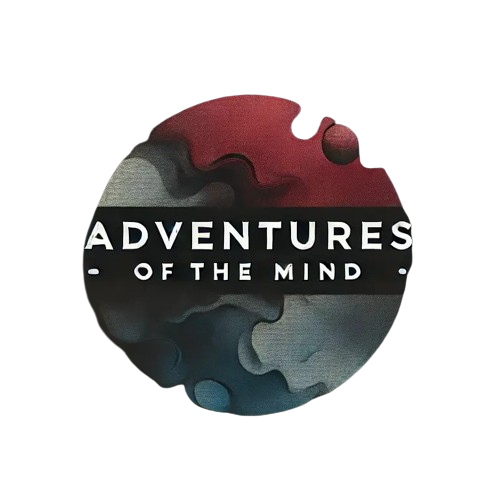What's the Purpose of Art?
Published by Ben Worrall 31st August 2024

At first glance, the purpose of art isn’t immediately clear. It often seems distant from our everyday lives, especially when contrasted with the urgent and practical problems we face. In such a context, art can understandably appear trivial or even a waste of time. However, this perspective overlooks the profound impact art has on our emotions, intellect, and society.
The earliest known forms of human art go back almost 50,000 years to the cave paintings of our ancient ancestors. Despite tough living conditions, these early humans found meaning in drawing their impressions of the world on cave walls.

The motivation behind these early forms of art is still not fully understood. But the fact that art has always been an aspect of the human experience raises questions about why we bother to create art at all.
I have gained a great deal of satisfaction from consuming different forms of art over the years. Yet, I sometimes struggle with motivation when it comes to creating my own. This is because I’m not always able to grasp the bigger picture behind what I’m working on.
Is the creation of art purely for its own sake?
Or is there a larger purpose we can tap into when creating art?
These are the questions I want to explore in today’s essay. I hope the insights presented here will motivate you to take art more seriously, both as a consumer and a creator.
Art, vision & change
“It has been the role of arts to realize, in the physical media, the ideals of what man could and should be.” — David Hawkins, Power vs Force
Every year, millions of us hand over our hard-earned money for two hours in a crowded, dark room, silently watching a series of moving images flash before our eyes.
Going to the movies has been a popular pastime for the last century, but what is it that motivates so many of us into those seats? What are we looking for?
Some might argue that the answer is entertainment and nothing more.
I disagree.
Film has the power to create lasting change in an audience. The cinema-goer doesn’t just want to be entertained but emotionally moved. That’s what they are paying for, whether they realize it or not.
This change may not be immediately apparent, but the sounds, sights, and emotions experienced seep into one’s unconscious, transforming them from the inside out and planting seeds that blossom over time.
Therefore, art is uniquely relevant as a tool for emotional and intellectual change. Our ideas, opinions, and perspectives on life can be radically shifted through powerful artistic work in various mediums.
Audiences can be presented with a grand vision of what is possible. Their values can shift, and the rigid structures of pre-conditioned limits can soften, opening up radical new possibilities.
The best art attempts to expand the consciousness of its audience, not through rational argument, but through emotional experience, often in the form of catharsis.
The work may even be infused with spiritual energy, focusing on the higher forms of existence. The most inspiring human values are demonstrated through the emotional power contained within it.
The end result is that the direction of individual and cultural development is highly influenced by the art of the time.
Art is the secret window that allows us to glimpse possible ways to live and then transforms us based on visions of what we could be. Our new ways of being slowly spread throughout culture, influencing not only our lives in the present but the future of humanity as a whole.
The power of art, however, can be utilized in both positive and negative ways.
We can create inspiring work that rouses our spirits, encourages compassion, and offers a positive vision of humanity’s role in the universe.
We can also use art to spread fear and hate, triggering primal instincts that lead to harm and self-destruction — this corruption of art can be seen throughout history.
It’s also revealing to examine the type of art most popular in the modern era. The underlying values and assumptions presented in popular art can be a good indicator of the state of the culture. Most mainstream art isn’t very advanced in this way, which limits our own attitudes and possibilities.
If you’re looking for the purpose of art, the above should be enough to take it seriously. Art isn’t a waste of time; it shapes our lives in concrete ways.
This realization highlights the responsibility we have as aspiring artists. It makes me realize that the artist is of utmost importance, even if society doesn’t always agree.
Art highlights beauty
“Poetry is an awareness of the world, a particular way of relating to reality.” — Andrei Tarkovsky, Skulpting in Time.
Most of us raised in the West lead busy lives dictated by practicality. Economic and social pressures constantly demand our attention, leaving little time or space to step back and appreciate the beauty around us.
As we age, it becomes more difficult to notice this beauty. What seemed magical as children now feels commonplace. We no longer feel the hair-raising power of a sudden gust of wind through orange-tipped trees on an autumn morning, the shifting of sand beneath our feet, or the enormity and strangeness of an African elephant eating bananas with its trunk. We take these aspects of reality for granted because we’ve become so accustomed to them.
Therefore, it could be said that the purpose of art is to shift our awareness back to this forgotten beauty. The artist is unique in their ability to identify subtle beauty more clearly than most and then communicate it through their chosen medium.
The artist displays beauty in a way that triggers distant feelings, memories, and associations. The audience is temporarily elevated to a higher state where these forgotten perceptions of the world become crystal clear once again.
As is often claimed, beauty is in the eye of the beholder. The best art conveys beauty through unconventional means and materials. Beauty is present everywhere and in everything, even in what we might consider negative. From the magnificence of a grand sunset to the horror of a war-torn city, we often label these aspects of reality as good or bad, but beauty can be found in both equally. Great artists understand this and communicate it through their art.
Often, we’re unable to appreciate the beauty of life because we’re too close. It’s too personal, too direct, too threatening to our self-image. Art is valuable because it provides what I call curated distance.
We are personally removed enough from the art to appreciate it with a sense of objectivity, while the artist curates it to evoke a sense of familiarity and a deep knowing. It tickles specific emotions and helps us remember hidden truths lost under the pressures of life and the haze of time.
The end result is that art enhances our perceptions of the world and transforms the way we relate to it. It allows us to zoom out, see the bigger picture, and glimpse the essence of life for what it really is.
Art extends our lives
“Of all men they alone are at leisure who take time for philosophy; they alone really live; for they are not content to be good guardians of their own lifetime only, but annex every age to their own; all the years that have gone before them are an addition to their store.” — Seneca, On the Shortness of Life
Life is short and limited in scope. We don’t all have the means to travel the world, or become a famous actor, or build a business empire, or to explore the depths of outer space. Our first-hand experience of reality is an infinitesimal fraction of its infinite potential. The fact that our limited capabilities only allow us to scratch the surface of existence seems to be an inherent aspect of what it means to be a human being.
The good news is that engaging with art offers a solution, or at least a compromise. Art allows us to explore aspects of reality that might have been impossible within our lifetimes. Unique personal and cultural stories can be shared across time and space. The power of imagination gives rise to works of art that transcend known realities. Through art, we can be transported back into the distant past or treated to a vision of the future. We can experience a rollercoaster of emotions, from the highest joys to the depths of suffering.
Seneca talks about immersing yourself in philosophy as a method of extending your life. The same can be said about art. With art, we’re not just able to read about and discuss the ideas of others but to experience the world through their eyes. This accumulation of experiences extends our years far beyond the number we celebrate on our birthday. In a certain sense, art provides us with the ability to live multiple lives within one lifetime, making us wiser and more adaptable to the challenges that present themselves.
Art, ultimately, is a way of transcending our metaphysical limits. This is why art forms of all kinds are, and have always been, so popular. They offer an opportunity to break free from restrictions, to become unlimited, infinite, and god-like. This is not just an opportunity but a gift, one not to be taken for granted.
Art as a means of connection
“Your writing will be a record of your time. It can’t help but be that. But more importantly, if you’re honest about who you are, you’ll help that person be less lonely in their world because that person will recognise him or herself in you and that will give them hope.” — Charlie Kaufman
Art is a form of communication, created to be shared. When we pour our heart and soul into creating art, we embed a part of ourselves into the work. This opens up the possibility of connecting with others we have never met, or even those who have not yet been born.
This ability to connect and influence others makes life worth living. What else is there but the pursuit of sharing yourself and your experiences? In this process, art becomes a medium between teacher and student, or even friends. As Charlie Kaufman pointed out, it helps us feel a little less alone in the world.
Personally, my approach to life has permanently shifted based solely on the work that others, past and present, have produced. Engaging with art and the ideas that spring from it has been one of the greatest joys of my life. It has given me a sense of purpose and direction beyond anything I would have had without it.
For art to have this effect, it needs to be truthful. The artist must be honest about who they are, reaching deep into their experience to find timeless treasures that will resonate with others. This authentic work will stand the test of time, serving as your personal message in a bottle, and making a real difference in the lives of those who come after you.
The art of life
“The art of life is the most distinguished and rarest of all the arts.” — Carl Jung
We are beginning to see how valuable art can be for the prosperity of human life, but we’re still approaching it from a limited perspective. It’s time to stop thinking of art as just “the arts” and expand its definition to encompass the spectrum of creative acts available to human beings. After all, life is inherently creative, and therefore life itself is an art form.
Your birth signified the start of a creative journey. You have the freedom to choose your path and your use of time. You have access to the infinite potential of your imagination, and from this place of choice, you have the power to bring interesting and unique forms into existence.
The way you decide to contribute is your own inescapable form of art. The question becomes not whether you should create art, but what type of art you are going to create. Your answer to this question dictates where you go, what you do, and ultimately, outlines the story of your life.
By embracing this wider view and seeing our lives as the conscious creation of art, our attitudes begin to transform. We take on the responsibility of the artist. We move away from the dominant narrative that says the purpose of our lives is to work, struggle, and accumulate. Instead, we see it as an opportunity to give a part of ourselves back to the universe. To set our paintbrush to canvas and choose what we want to see exist.
Looking to the future
With the rapid emergence of AI technology, the creation of art is about to undergo a change that will likely be more transformative than anything we’ve seen before.
Since learning about the potential capabilities of these new technologies, I’ve gone through periods of doubt and depression. I’ve seriously questioned whether the creation of art is still going to be a worthwhile pursuit at all.
However, after researching this article, I’ve concluded that human-made art will always be deeply meaningful for us.
The main points that I covered here — such as beauty, connection, and vision - are all inherently human and their effectiveness would be diminished without our input. We don’t value art because it’s practical, but because it is relatable and true, and that deeper level of truth, in my opinion, will never be fully grasped by an AI system.
If this article has inspired you, I recommend you spend some time considering the role art plays in your life. Would it be possible to make exploring art a bigger part of your routine? And what would that look like for you?
Remember that art is a unique aspect of the human experience that can’t be replicated or replaced. Let's treat it with respect. Let’s praise it and share it. Together we can be the people who lifted true art to the greatest of heights and cemented it as a cultural cornerstone for generations to come.
Ben Worrall





